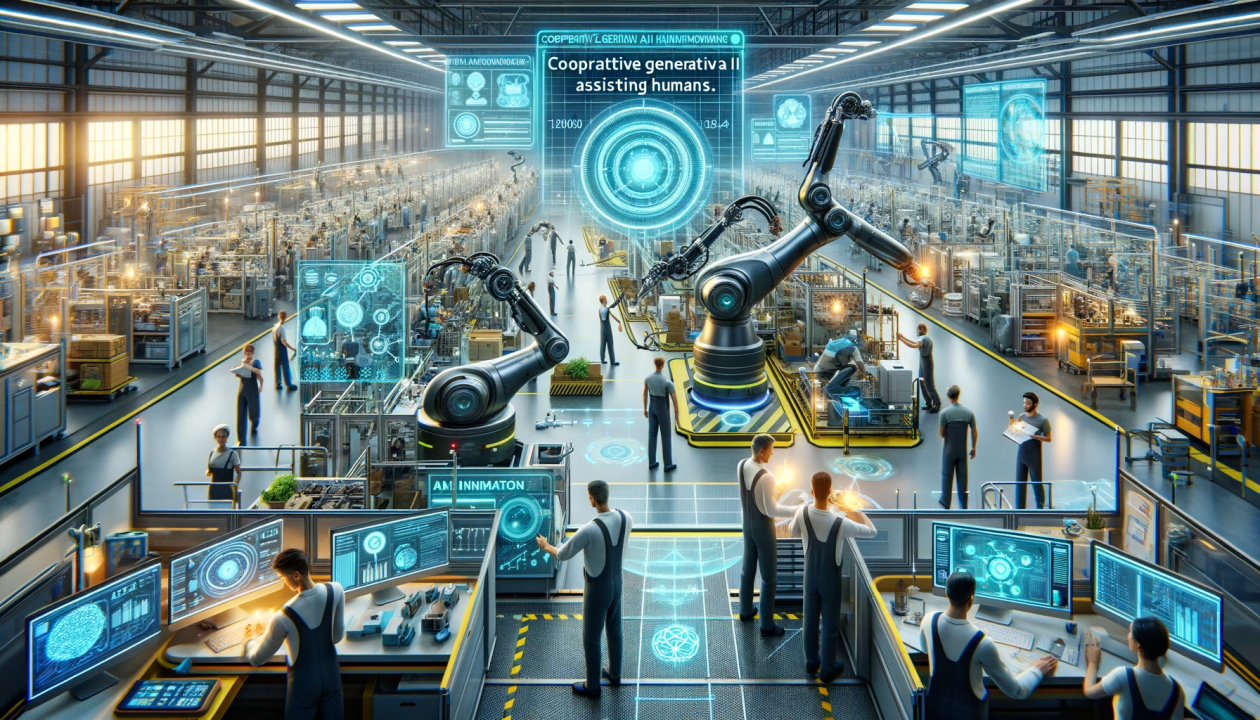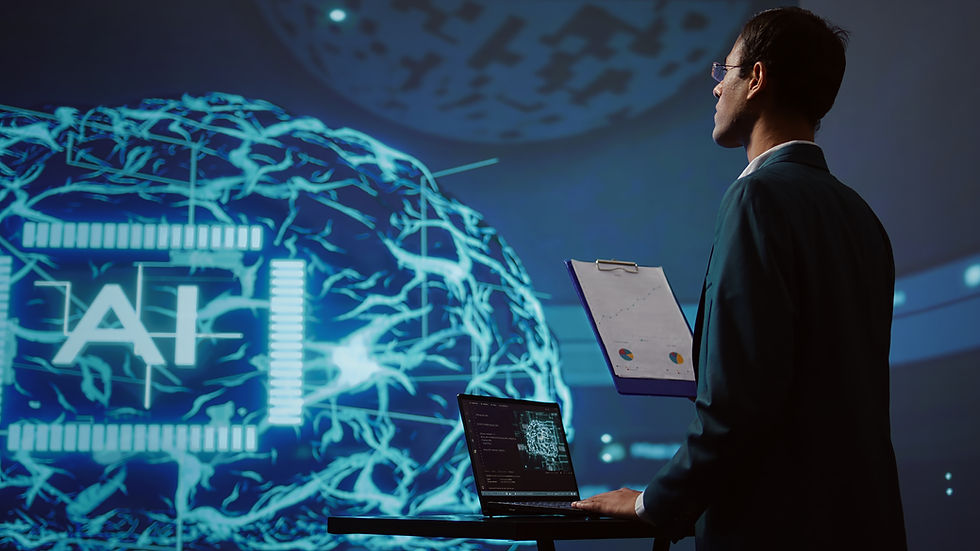In the realm of industrial quality assurance, two prominent methods stand out: vision-based inspection and the stroboscope technique. Both methods play crucial roles in ensuring product quality and operational efficiency. But how do they compare, and which one holds the upper hand? This article explores the nuances of these two techniques, providing insights into their applications, advantages, and limitations.

Understanding Vision-Based Inspection
Vision-based inspection utilizes advanced camera systems and image processing algorithms to examine products. This method is renowned for its precision and ability to handle complex inspection tasks.
The Technology Behind Vision-Based Inspection
At its core, vision-based inspection involves capturing images of products as they move along the production line. These images are then processed using sophisticated algorithms to detect any defects or inconsistencies. This technology is particularly effective in identifying subtle flaws that might be missed by the human eye.
Advantages of Vision-Based Inspection
- High accuracy and precision.
- Ability to inspect complex shapes and patterns.
- Non-contact and non-destructive method.
- Scalability can be integrated into large-scale operations.
The Stroboscope Technique
The stroboscope method involves using a strobe light to illuminate fast-moving objects, making them appear stationary. This technique is particularly useful in analyzing high-speed processes.
How Does a Stroboscope Work?
A stroboscope emits flashes of light at regular intervals. When synchronized with the frequency of the object’s movement, these flashes create the illusion of a stationary object. This allows inspectors to examine fast-moving parts in detail.
Benefits of Using a Stroboscope
- Effective for high-speed inspections.
- Simple to set up and use.
- Cost-effective for specific applications.
- Ideal for rotational and vibrational analysis.
Comparing Vision-Based Inspection and Stroboscope
When it comes to choosing between vision-based inspection vs stroboscope, the decision often depends on the specific requirements of the inspection task.
Application Suitability
Vision-based inspection is well-suited for tasks requiring high precision and detail, especially in complex and intricate products. On the other hand, a stroboscope is ideal for high-speed applications where visualizing motion is critical.
Cost Considerations
While vision-based systems can be more expensive to implement due to the advanced technology involved, they offer a higher degree of automation and accuracy. Stroboscopes are generally more cost-effective but may not provide the same level of detail in inspections.
Integration and Scalability
Both systems can be integrated into existing production lines. However, vision-based inspection offers greater scalability, making it suitable for larger operations. Stroboscopes, meanwhile, are more suited for specific, targeted applications.
Real-World Applications
In industries like automotive, electronics, and pharmaceuticals, both methods find extensive use. For instance, timing verification is crucial in automated lines, where both techniques can be employed for optimal results.
Case Study: Automotive Industry
In the automotive sector, vision-based inspection is used to ensure the quality of components, while stroboscopes help in analyzing the rotational dynamics of parts like engines and wheels.
Future Prospects
The future of industrial inspection will likely see a combination of both methods. As technology advances, the integration of vision-based systems with stroboscopic techniques could lead to more comprehensive inspection solutions.
Innovation and Development
Continuous improvements in image processing and lighting technology will enhance the capabilities of both methods, making them even more reliable and efficient.

FAQs
What industries benefit most from vision-based inspection?
Industries like electronics, automotive, and pharmaceuticals benefit significantly from vision-based inspection due to the precision and accuracy required in these fields.
Can stroboscopes handle high-speed inspections?
Yes, stroboscopes are particularly effective for high-speed inspections, making them ideal for applications involving fast-moving parts.
What are the cost implications of each method?
While vision-based systems may have higher initial costs due to advanced technology, they offer long-term benefits in automation and accuracy. Stroboscopes, being simpler, are more cost-effective but may offer less detailed inspections.
For more in-depth exploration of these technologies, you can visit Wikipedia or explore the latest advancements from SKF.
This article contains affiliate links. We may earn a commission at no extra cost to you.
